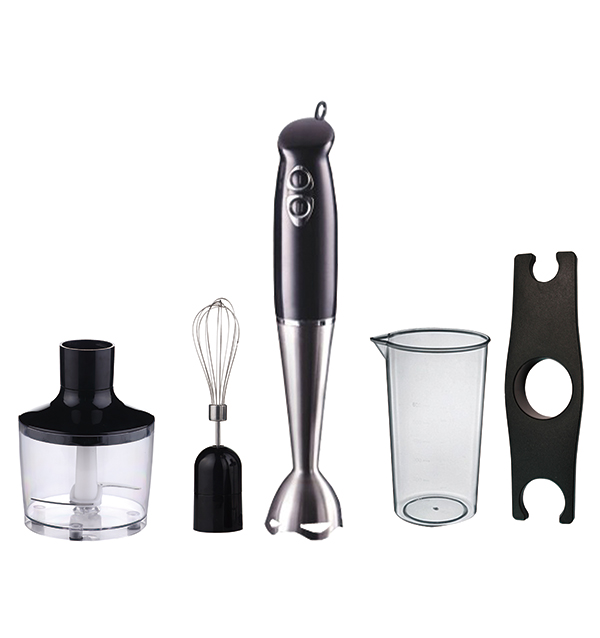

When most people see a cup full of green liquid, they d […]
When most people see a cup full of green liquid, they don't think twice as to whether it came from a juicer or a blender.
In fact, when I first started on my own nutritional journey, I didn't know the difference between the end product of a juicer, and that of a blender.
These two machines are actually quite different and produce two very different products with two very different purposes.
If you're unclear about the difference between juicers and blenders, we are here to help.
Blending & Juicing Basics
Juicers and blenders are two very different beasts. If you're struggling to figure out which one is best for your specific nutritional needs, the following basics of blenders and juicers can help.
What Makes a Blender a Blender?
As its name suggests, a blenders sole purpose in life is to mix/blend a variety of ingredients together. When you add greens, fruits, and vegetables into your blender and run it, the outcome is a liquidy version of precisely what you put into it.
When "juicing" with a blender, you maintain all of the fibers of the fruits and veggies. This makes for a thicker drink, which is often referred to as a smoothie.
What Makes a Juicer a Juicer?
Also, as its name suggests, a juicer's main job is to turn the ingredients you put into it into juice. This means that rather than a fibrous, thick smoothie you get from a blender, with a juicer to get a smooth, fiber-free, nutrient-dense product.
The juice is generally easier to digest because it lacks the fibers that a blender leaves behind.
Pros & Cons of Juicer vs. Blender
Before we dive too deep into the types of blenders and juicers available, lets first talk about the benefits and drawbacks of each.
Blender Pros & Cons
Pros:
The benefits of blenders are reasonably obvious. Because they don't extract the fiber from the ingredients, you get the fiber in your system. This can be great for moving along everything in your intestines and is essential for a regular poo schedule.
Blenders are generally cheaper than juicers because they are less mechanically intricate devices.
Cons:
If you're looking for the most fruit and vegetable nutrients for your buck, a blender is the wrong choice. Since the product of a blender includes everything you put into it, the volume of liquid you have to consume to get essential nutrients is higher than that of a juicer.
Blended fruits and vegetables are also harder to digest. Since the fiber isn't removed as it is with a juicer, the smoothie you get from a blender is harder for your body to absorb.
Juicer Pros & Cons
Pros:
Juicers are known for getting the most nutrient yield from its ingredients. If you're looking for a small drink that is packed with fruit and vegetable vitamins, the juice produced by a juicer will be much more nutrient-dense than the smoothie alternative produced by a blender.
Juice is also easier to digest than a smoothie and can be a great choice if you have existing digestive issues that may prevent you from getting all the nutrients you need in your regular diet.
Cons:
Juicers are a more refined product; they only do one thing. Juice. Blenders are more versatile and can be used for more than just making a drink.
Juicers are often more expensive than blenders because they are more mechanically complex.
Types of Blenders
There are a handful of different types of blenders on the market, and if you're in the market to buy one, it is essential to know the key similarities and differences.
Jug Blender
This is probably what you think of when you think of a blender. It is a large jug that sits on a blade connected to a motor. You can fill it with a large number of fruits, vegetables, liquids, and ice.
A jug blender is capable of yielding a large quantity of smoothie juice in one go and is great if you want to pre-make a smoothie, or are feeding multiple people.
Personal Blender (Nutribullet)
When you hear the word "personal blender," what should come to mind is a single serving blender. The most popular brand of these types of blenders is by far the NutriBullet.
These blenders work by filling a single serving cup with all the ingredients you want to blend, then attaching a lid that has metal blades which is then attached to a motor. Turn the cup upside down, blend, then add a drinking lid, and you're ready to go.
